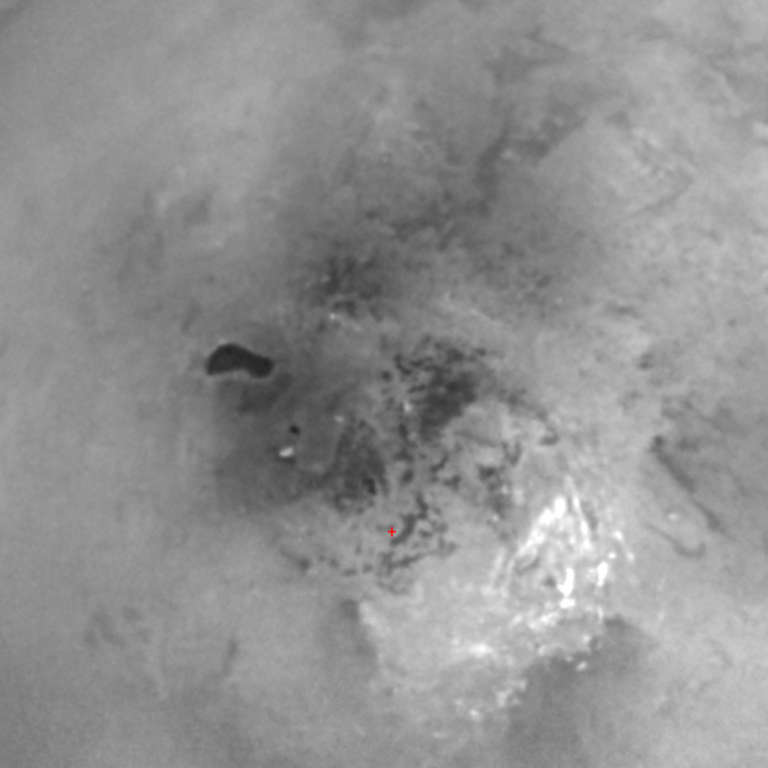All
All
Stories, updates, insights, and original analysis from The Planetary Society.
MSL landing site selection meeting: Day 2 site-by-site presentations
Unlike the Mars Exploration Rover mission, which featured two golf-cart-sized landers, this time we have only one giant, Volkswagen beetle-size. So at the end of this process we have to pick our favorite place on Mars, not our favorite two places.
Europlanet : CoRoT - Preliminary Results
ESA's planet-hunting satellite COROT bagged its first exoplanet in observations of the star COROT-Exo-1.
Europa on Earth: The Sulfur Springs of Borup Fiord Pass, Ellesmere Island
From June 21 to July 6, 2006, a four-person team traveled to Borup Fiord Pass to perform geological field studies to compare with satellite images.
LPSC: Friday: Hayabusa
The audience was rapt as Project Manager Jun'ichiro Kawaguchi stood up to give an introduction to the Hayabusa spacecraft and described the saga of the mission to date.
A debate in Meridiani Planum
There was a big news splash about two articles that appeared in Nature about Mars Exploration Rover Opportunity's landing site. The articles suggest two theories for the formation of the layered sulfur-rich deposits at Meridiani Planum that do not involve standing liquid water.
Analyzing the first published Huygens results
I am working my way steadily through the seven Huygens papers that were released by Nature magazine Wednesday on their
An update on the Huygens Doppler Wind Experiment
While I was at the Division of Planetary Sciences meeting in Cambridge in September I had a chance to chat with David Atkinson, who's a member of the Doppler Wind Experiment team on Huygens. They and the other instrument teams have been plugging away at analyzing their data.
An official pronouncement may be coming about the "what is a planet?" debate
Since the discovery of 2003 UB313, larger than Pluto, there's been a lively debate going on in many places about what makes a planet. There's now an article in Nature talking about a proposal that would address the controversy
Deep Impact Data Surprises Scientists
When Deep Impact crashed into the nucleus of Tempel 1 at 23,000 miles per hour on July 4, it sent a huge, bright cloud of stuff upward and outward from the comet, providing a spectacular image that is already assured a place in the space history books, and may well be seared into the brains of all those who watched the event.
Deep Impact On Course for Comet Crash; Mission Is Already Producing Science Returns
NASA's Deep Impact spacecraft is set for its date with Comet Tempel 1.
News: Dark Spot Near the South Pole: A Candidate Lake on Titan?
The Cassini imaging team has released an image containing a feature unlike any other that they have seen on Titan. The very dark color, curvaceous outline, and sharp edge of the feature have led them to the conclusion that it could well be the long-theorized but never-before-seen body of liquid hydrocarbons on the surface of Titan.
News: Radio Astronomers Rescue Science Results for Huygens' Doppler Wind Experiment
Earth's radio astronomers have saved the day for one of the Huygens instrument teams. Today, the Doppler Wind Experiment (DWE) team announced their first science results, despite losing nearly all of their expected data.
Close Your Left Eye, Then Your Right: Simultaneous Observations of Asteroid 4179 Toutatis from Two Chilean Telescopes Demonstrate Parallax
This morning, asteroid 4179 Toutatis was so close to Earth that simultaneous observations from two telescopes in the same country could show parallax that is obvious even to the least experienced observer. The two telescopes belong to The European Southern Observatory and are located at La Silla and Paranal in Chile
Very Close Approach by Asteroid 4179 Toutatis: It's Not a Crisis, It's an Opportunity
On Wednesday, September 29, Earth will dodge a cannonball: the Near-Earth Asteroid known as 4179 Toutatis will buzz by at a distance only four times the distance from the Earth to the Moon -- about one and a half million kilometers, or about a million miles. But, as the wisdom goes,
No Icecaps at the Lunar Poles
New observations reported this week in the journal Nature have cast doubt on the theory that thick deposits of ground ice lie conveniently close to the surface in permanently shadowed crater floors at the lunar poles.
Researchers Discover Lakes on Titan
Recent radar observations of Saturn’s moon Titan have produced the first direct evidence that the second largest moon in the solar system may be hiding pools of liquid hydrocarbons underneath its smoggy atmosphere.
The Gift of Apollo
Carl Sagan writes that once upon a time, we soared into the solar system. For a few years. Then we hurried back. Why? What happened? What was Apollo really about?


 Explore Worlds
Explore Worlds Find Life
Find Life Defend Earth
Defend Earth


 Sun
Sun Mercury
Mercury Venus
Venus Earth
Earth Mars
Mars Jupiter
Jupiter Saturn
Saturn Uranus
Uranus Neptune
Neptune Small Bodies
Small Bodies










